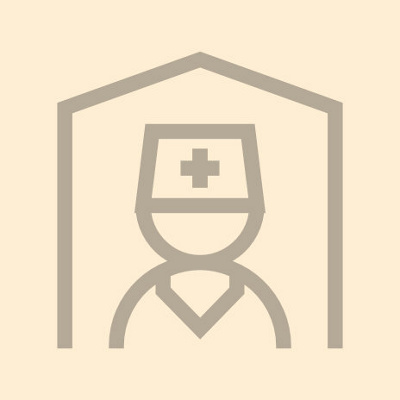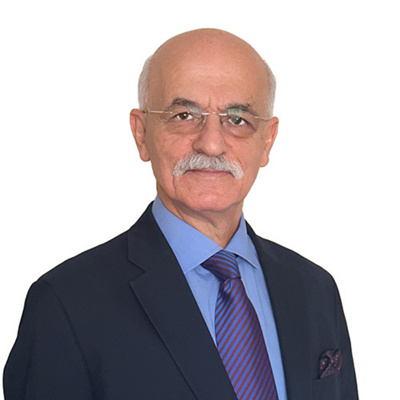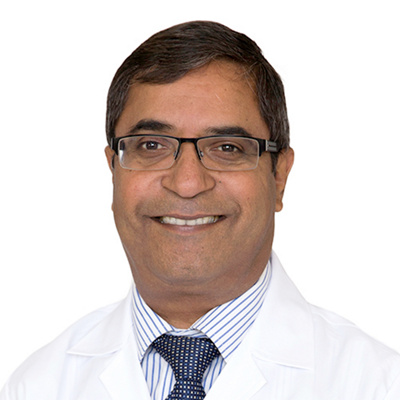Nuclear Medicine (NM) is a type of medical imaging that provides detailed pictures of what is happening inside the body at a molecular and cellular level. Where other diagnostic imaging procedures such as x-rays, computed tomography (CT) and ultrasound predominantly offer anatomical pictures, NM imaging allows physicians to see how the body is functioning and to measure its chemical and biological processes.
NM imaging offers unique insights into the human body that enable physicians to personalise patient care. In terms of diagnosis, NM imaging is able to:
- provide information that is unattainable with other imaging technologies or that would require more invasive procedures such as biopsy or surgery
- identify disease in its earliest stages and determine the exact location of a tumour, often before symptoms occur or abnormalities can be detected with other diagnostic tests
What conditions can be investigated using nuclear medicine (NM) diagnostic imaging?
NM imaging procedures, which are noninvasive, safe and painless, are used to diagnose and manage the treatment of:
- Cancer
- Heart disease
- Brain disorders, such as Alzheimer’s and Parkinson's disease
- Gastrointestinal disorders, gastric emptying, GI bleed, Meckel’s etc.
- Hepatobiliary disorders e.g cholicystitis, biliary dyskinaesia, bile leak etc.
- Infection/inflammation
- Lung disorders, e.g pulmonary embolism, lung shunt
- Bone disorders, e.g stress fractures, bone secondaries…etc
- Kidney disorders e.g PUJ obstruction, reflux, renal artery stenosis
- Thyroid disorders, thyrotoxicosis, hypothyroidism…etc
- Neuroendocrine disorders e.g carcinoid, pheochromocytoma..etc
- And many more
What is nuclear medicine’s role in oncology?
As a tool for evaluating and managing the care of patients, NM imaging studies help physicians:
- Determine the extent or severity of the disease, including whether it has spread elsewhere in the body
- Select the most effective therapy based on the unique biologic characteristics of the patient and the molecular properties of a tumour or other disease
- Determine a patient’s response to specific drugs
- Accurately assess the effectiveness of a treatment regimen
- Adapt treatment plans quickly in response to changes in cellular activity
- Assess disease progression
- Identify recurrence of disease and help manage ongoing care
How does NM imaging work?
When disease occurs, the biochemical activity of cells begins to change. For example, cancer cells multiply at a much faster rate and are more active than normal cells. Brain cells affected by dementia consume less energy than normal brain cells. Heart cells deprived of adequate blood flow begin to die.
As disease progresses, this abnormal cellular activity begins to affect body tissue and structures, causing anatomical changes that may be seen on CT or MRI scans. For example, cancer cells may form a mass or tumour. With the loss of brain cells, overall brain volume may decrease or affected parts of the brain may appear different in density than the normal areas. Similarly, the heart muscle cells that are affected stop contracting and the overall heart function deteriorates.
NM imaging excels at detecting the cellular changes that occur early in the course of disease, often well before structural changes can be seen on CT and MR images.
In nuclear medicine, the imaging agent is a radiotracer called radiopharmaceutical. Once the radiopharmaceutical is introduced into the body, it accumulates in a target organ or attaches to specific cells. The imaging device detects the imaging agent and creates pictures that show how it is distributed in the body. This distribution pattern helps physicians discern how well organs and tissues are functioning.
How is NM imaging performed?
NM imaging procedures are often performed on an outpatient basis.
A radiopharmaceutical is either injected, swallowed or inhaled. Imaging is performed, depending on the procedure, immediately or hours or even days afterward, depending on the type of procedure. A gamma camera is a specialised piece of equipment capable of detecting radioactivity distribution. It creates two-dimensional pictures of the inside of the body from different angles.
The images are generated by the computer and are reviewed and interpreted by a nuclear medicine physician who shares the results with the patient’s physician.
Single-photon emission-computed tomography (SPECT/CT)
A SPECT scan uses a gamma camera that rotates around the patient to detect a radiotracer in the body. Working with a computer, SPECT creates three-dimensional images of the area being studied. SPECT may also be combined with CT for greater accuracy. The new Siemens SPECT/CT Gamma Camera is state of the art machine and is capable of performing many sophisticated techniques.
What happens during a nuclear medicine scan?
A nuclear medicine procedure comprises three components: administration of the radiopharmaceutical, taking images and interpretation of those images.
First, an intravenous (IV) line will be started in the patient’s hand or arm. Patients do not normally need to take off their clothes, however, if the patient is asked to remove clothing, he will be given a gown to wear.
Patients may have to wait for a few hours before the pictures are acquired. During the scan patients have to remain still on the Gamma Camera couch. For good quality images ,the Gamma Camera head must come close to the patient.
The only thing that may hurt is the injection which is similar to having a blood test. Patients should not feel any ill effects from the injection and it will not make them feel sleepy.
How long does the scan take?
This varies, so please read your appointment letter for details. Patients who arrive after, may have their pictures taken sooner than you, depending on the type of scan. If you have to wait for more than one hour you may be able to leave the department during the interval.
What are the risks?
Radiation dose: don’t be worried about your exposure to radiation. The amount you receive is small and the radioactivity quickly leaves your body.
Pregnancy: Please tell us before you have your injection if you are – or you think you may be pregnant.The substance we inject can reach your baby and it is important you discuss precautions with your specialist. There is generally no need to avoid pregnancy after having your nuclear medicine test, except for a few specialised procedures. A member of our staff will explain this to you if necessary.
Breast feeding: The radioactive substance can pass into your breast milk. Please tell our staff if you are breast feeding before your test and we will advise you whether or not you need to stop for a while.
Do I need to prepare for the scan?
In most cases you do not need to prepare for the scan. If you do, the details will be included in your appointment letter: it is important you follow these instructions to ensure we can take good quality pictures.
Do I need to stop taking any other medications?
For most tests you do not need to change any regular treatment. We will tell you if you do need to stop taking any medication. Please see your appointment letter for details.
Can children have these tests?
Yes. We give children smaller amounts of the radioactive substance, depending on their weight.
What happens to the results?
We send the report and the pictures to the doctor who asked for the scan.
Can I bring a friend or relative with me?
You are more than welcome to bring someone with you, however we do not allow children or pregnant women. Your friend or relative will be asked to sit in a separate waiting room.





